Introduction
Aggressive dog boarding is a specialized service tailored for dogs with behavioral issues. Owners of aggressive pets face unique challenges when needing to board their dogs. Standard facilities often lack the expertise to handle such cases. Therefore, finding the right boarding facility is crucial for ensuring the safety and well-being of both the dog and the staff.
For more information on how to handle aggressive dogs, you can read about aggressive dog boarding.
Summary and Overview
In recent years, aggressive dog behaviors have become more common, leading to a growing need for specialized boarding services. Aggression can significantly impact the boarding experience, causing stress for both dogs and facilities. It’s vital for owners to understand their dog’s behavior to choose the right environment. This article covers essential tips for selecting a suitable boarding facility, insights into canine aggression, and advice on preparing dogs for their stay. By being informed, pet owners can help their aggressive dogs feel safe and cared for during boarding.
One key aspect of ensuring your dog feels safe is to have the right gear. Consider investing in a Dog Muzzle for Aggressive Dogs. This provides peace of mind for both you and the boarding staff, ensuring safety during interactions.
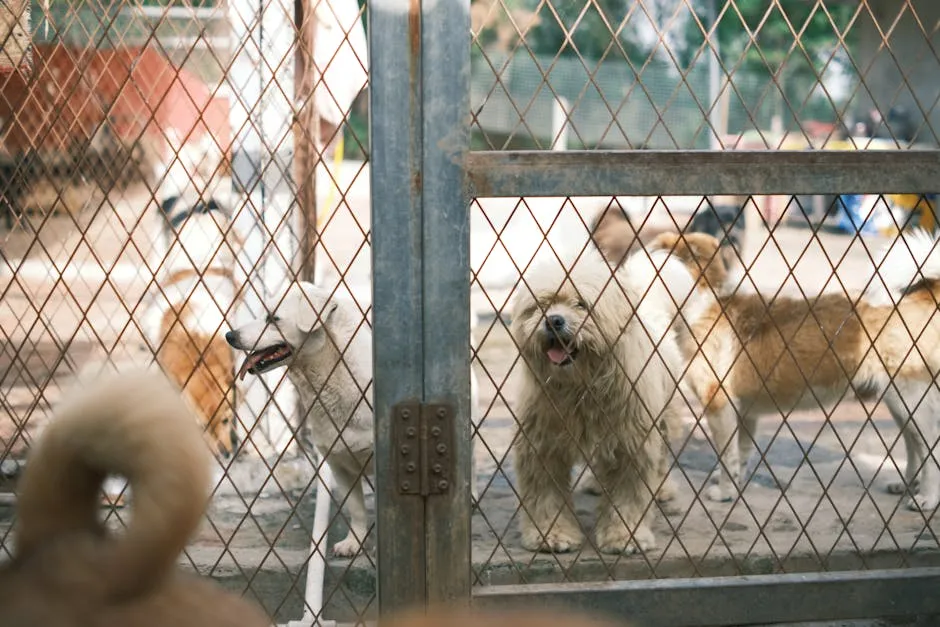
Understanding Aggression in Dogs
What is Aggressive Behavior?
Aggressive behavior in dogs includes actions like growling, snapping, or biting. These behaviors can arise from fear, stress, or territorial instincts. Understanding aggression is vital for managing it effectively. Psychological factors play a significant role in these behaviors, making it essential to identify the root cause. Recognizing these signs early can aid in better handling and training for aggressive dogs.
Common Causes of Aggression
Several factors contribute to canine aggression. Fear and anxiety often lead dogs to react aggressively when feeling threatened. Learned behavior also plays a role; dogs may become aggressive if they learn that such actions yield positive outcomes, such as scaring off intruders. Pain or illness can trigger aggression as well; dogs in discomfort may lash out. Lastly, dominance issues can cause aggressive behaviors when dogs feel the need to assert control. Understanding these causes is essential for creating a positive boarding experience. A well-informed boarding facility can tailor its approach to meet the specific needs of aggressive dogs, ensuring a safe environment for everyone involved.
To help manage these behaviors, consider reading Dog Training Books that focus on behavioral issues. These resources can provide valuable insights into addressing aggression and enhancing your dog’s training.

Choosing the Right Boarding Facility
Researching Facilities
Finding a facility that specializes in aggressive dog boarding is essential. Start by asking for recommendations from your vet or local trainers. Search online for facilities that specifically mention aggressive dog care. Pay close attention to reviews and testimonials from other pet owners. These insights can reveal a lot about the facility’s reputation. Don’t hesitate to contact the facility directly, too. Ask about their experience with aggressive dogs and their protocols. This direct communication can help you gauge their expertise.
Assessing the Facility’s Environment
When visiting potential boarding facilities, observe the environment closely. Look for a low dog-to-staff ratio; this ensures each dog receives adequate attention. Secure spaces are crucial as well. Fencing should be tall and robust to prevent escapes. A calm, quiet atmosphere is vital for anxious or aggressive dogs. Loud noises and chaotic settings can heighten stress levels. Make sure the facility provides separate spaces for dogs with different temperaments. This separation can help keep all dogs safe and comfortable.
Additionally, consider how the facility manages emergencies. A Pet First Aid Kit should be readily available to handle any unexpected situations, ensuring your dog’s safety is a top priority.
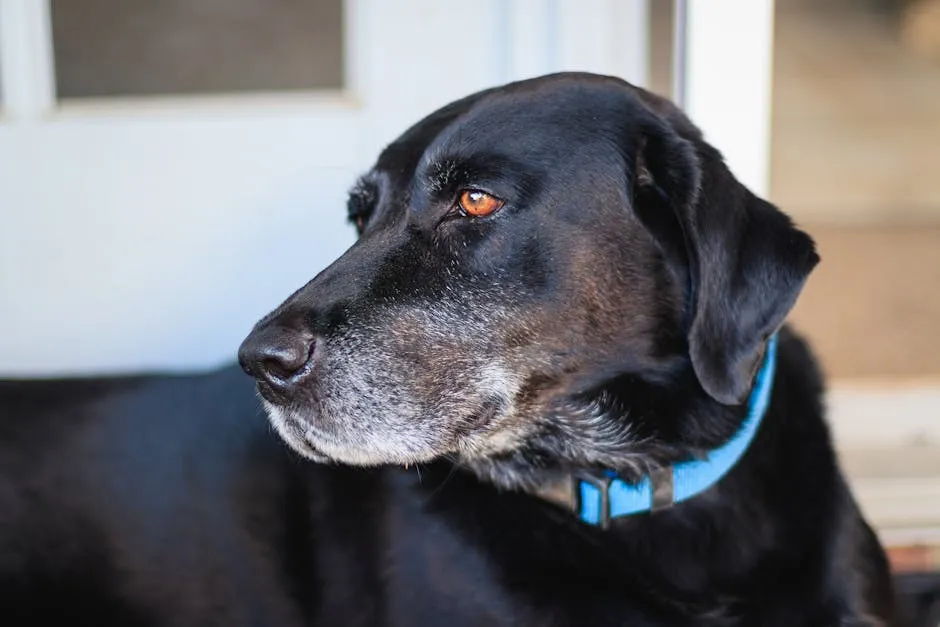
Staff Training and Experience
Well-trained staff is a must for handling aggressive dogs. The team should be familiar with recognizing aggressive behavior and utilizing safe handling techniques. Look for facilities where staff receive regular training on dog behavior and safety protocols. Experience matters too; staff should have a history of working with aggressive breeds. A knowledgeable team can effectively manage situations and minimize stress for both dogs and staff. This expertise can lead to a more positive boarding experience for your pup.
To support your dog’s comfort during their stay, consider using an Interactive Dog Toy that can help relieve anxiety and keep them engaged during their stay.

Preparing Your Dog for Boarding
Early Exposure to Kennels
Introducing your dog to kennel environments early can ease future stays. For puppies, short visits to a kennel can help them learn that the space is safe. This early exposure can prevent anxiety later. For adult dogs, gradual acclimation is key. Start with brief visits, allowing them to explore while you’re present. Consider using treats to create positive associations. Over time, this can help your dog feel more comfortable during boarding. The goal is to make them familiar with the environment before a longer stay.
Behavior Assessment and Training
Before boarding, a behavior assessment is vital. This evaluation helps identify your dog’s triggers and stressors. Professional trainers can provide insights into your dog’s behavior patterns. Understanding how your dog reacts in different situations is crucial. Proper training and socialization with experts can greatly improve your dog’s boarding experience. Engaging with professionals allows your dog to learn essential skills. These skills can make them more comfortable in new environments. Many facilities offer specialized training sessions for aggressive dogs. This proactive approach can lead to a smoother boarding experience for everyone involved.
To assist in this process, consider using a Dog Training Clicker. This tool can significantly enhance training sessions and reinforce positive behaviors effectively.
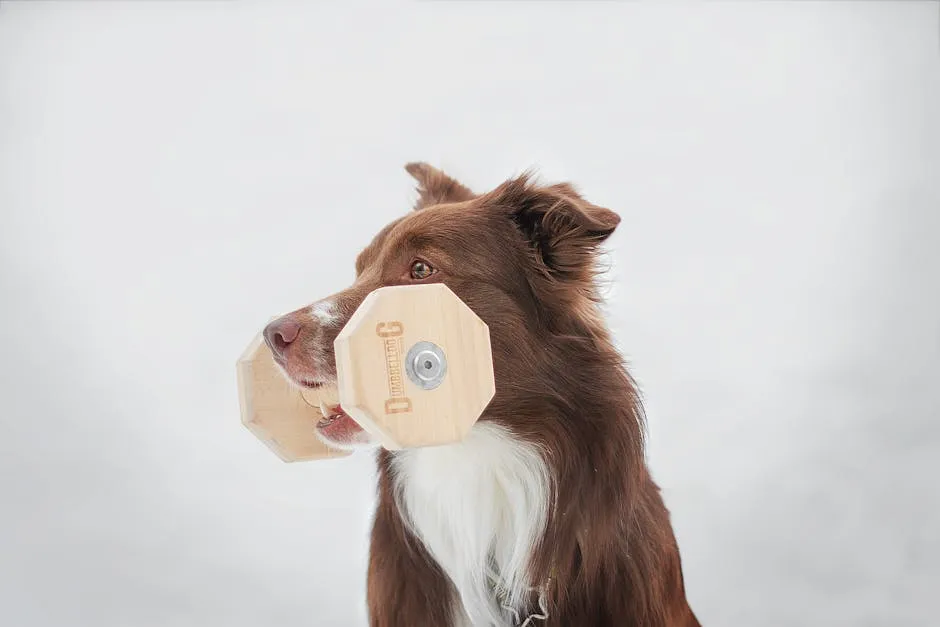
Packing for Your Dog’s Stay
When preparing for your dog’s stay, pack essential items. A muzzle is crucial for safety, especially for aggressive dogs. Include their favorite toys, as familiar items can ease anxiety. Bringing along a favorite blanket or bed can provide comfort in a new environment. Don’t forget any medications your dog may require; consistent care is key. Familiar scents help to ground your dog, reducing stress. Providing these items showcases your understanding of your dog’s needs. A well-prepared bag can make a difference in how your dog adjusts during their stay.
Additionally, don’t forget to pack a Dog Treats for Training. Treats can help facilitate training and create positive associations with the boarding experience.

What to Expect During Boarding
Daily Routine in Boarding Facilities
During boarding, your dog will follow a structured daily routine. Mornings typically begin with feeding and outdoor time. Dogs enjoy play sessions tailored to their energy levels. Facilities often separate aggressive dogs to ensure safety. Staff members monitor interactions closely, ensuring everyone is comfortable. Regular training sessions may be incorporated to reinforce positive behavior. Calm environments reduce stress and help dogs adjust better. Professional facilities are equipped to manage aggressive behaviors effectively. With proper care and supervision, your dog can have a positive boarding experience.
Communication with the Boarding Facility
Maintaining communication with the boarding facility is essential. Share detailed information about your dog’s behavior and triggers. This transparency helps staff prepare for your dog’s unique needs. Regular updates during your dog’s stay can ease your concerns. Don’t hesitate to ask questions about your dog’s well-being. Good facilities encourage open dialogue to ensure your dog’s comfort. Providing clear instructions about feeding, medications, and routines is vital. Strong communication can lead to a successful boarding experience for both you and your dog.
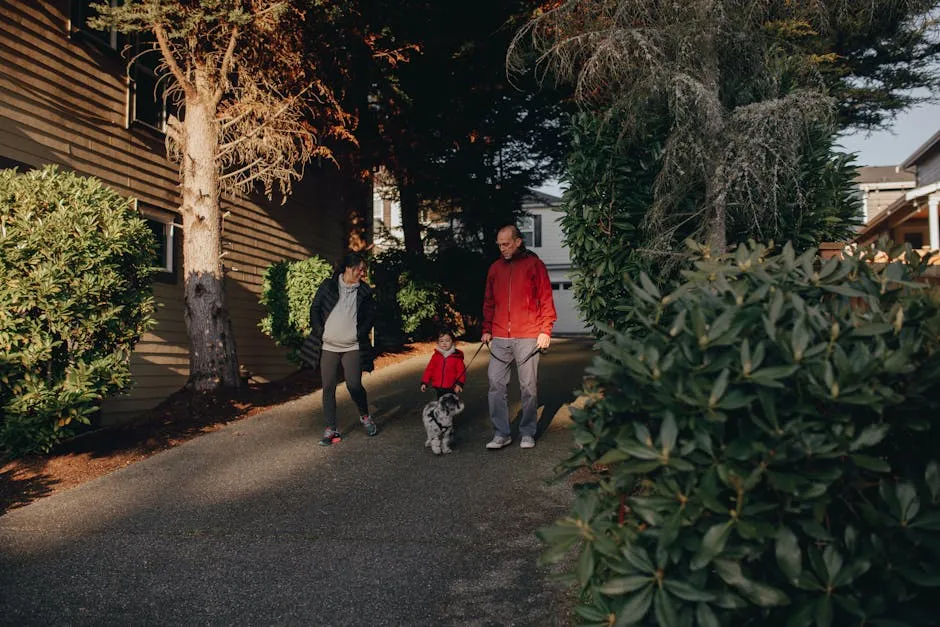
After Boarding: Transitioning Your Dog Home
Reintroducing Your Dog to Home Life
Bringing your dog home after boarding can be challenging. Start by giving your furry friend some time to adjust. Create a calm environment; avoid overwhelming them with visitors or loud noises. Allow your dog to explore their space at their own pace.
Watch for signs of stress or anxiety, such as excessive barking, hiding, or changes in appetite. These behaviors indicate your dog might feel uneasy. If your dog displays signs of distress, offer comfort through gentle petting or by playing their favorite game. Patience is key as your dog readjusts to home life.
Continuing Training and Support
Ongoing training is crucial for aggressive dogs after boarding. Reinforce the skills they learned while away. Consistency helps your dog feel secure in their behavior. Consider scheduling regular training sessions with a professional. This can address any lingering issues or new challenges.
Resources like Dog Training DVDs, online courses, and local classes can prove invaluable. Engaging with a community of dog owners facing similar challenges can provide support and insights. Remember, tackling aggressive behaviors takes time, so be patient and proactive in your approach.
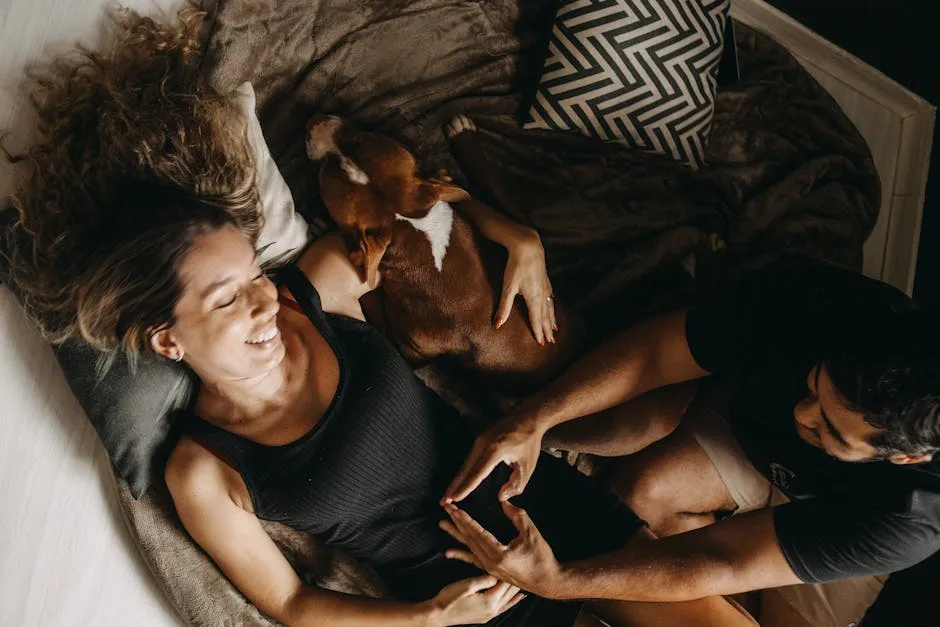
Conclusion
Understanding aggressive dog behavior is vital for successful boarding. By choosing the right facility and preparing your dog, you set the stage for a smoother experience. Always be proactive in addressing your dog’s needs before and after boarding.
With the right strategies, boarding can be a positive experience for both dogs and their owners. By fostering a safe environment and continuing training, you can help your dog thrive.
FAQs
Can all aggressive dogs be boarded?
Not every aggressive dog can be boarded. Factors like the dog’s level of aggression, past experiences, and ability to adapt to new environments play a role. Some dogs may respond positively in specialized facilities, while others might struggle. Always consult with the facility about your dog’s specific needs before making a decision.
What should I do if my dog has a history of aggression?
If your dog has a history of aggression, start by seeking facilities that specialize in handling such cases. Look for boarding options that prioritize safety and have experienced staff. Additionally, consider investing in professional training or behavior modification. This prepares your dog for boarding and helps manage their behavior in the long run.
How can I prepare my aggressive dog for boarding?
Preparing your dog starts with gradual acclimation. Begin by introducing them to similar environments. Short visits to a kennel can help. Training sessions focused on impulse control are also beneficial. Bring familiar items, like toys or blankets, to offer comfort during their stay. This will help ease their transition.
What types of facilities cater to aggressive dogs?
Specialized boarding facilities for aggressive dogs should have trained staff who understand canine behavior. Look for places that maintain a low dog-to-staff ratio and provide secure, calm environments. Facilities may offer separate areas for different temperaments to minimize stress and potential conflicts among dogs.
Is it safe to board an aggressive dog?
Yes, it can be safe to board an aggressive dog, provided you choose the right facility. Ensure that the boarding place has protocols and safety measures in place. Staff should be trained in handling aggressive behaviors. Frequent communication with the facility can help ensure your dog’s safety and comfort during their stay.
Please let us know what you think about our content by leaving a comment down below!
Thank you for reading till here 🙂
All images from Pexels





